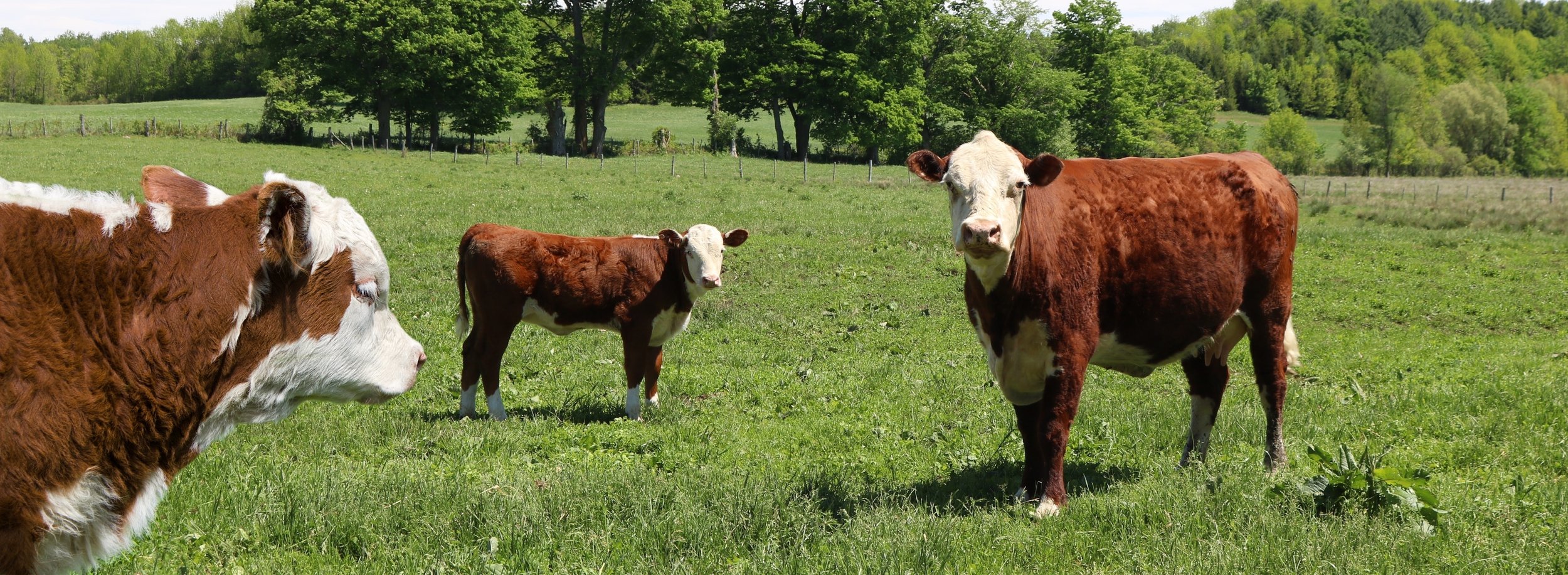Carbon markets recognize sustainable production
Conservation agriculture and carbon credits are emerging as crucial tools in the global fight against climate change.
Society's growing concerns over climate change are driving agribusiness to calculate its own carbon footprint, to reward players who contribute to mitigation through best farming practices, even offering them transactional credits as part of Voluntary Carbon Markets. But what do these markets involve, and can Argentina access them?
How carbon market works around the world
Voluntary Carbon Markets operate through companies seeking to reduce their Greenhouse Gas (GHG) emissions. Since GHG emissions cannot be entirely reduced, they buy carbon credits from those who generate additional emission reductions.
Voluntary markets are driven by companies that choose to purchase carbon credits to show their environmental commitment. Regulated markets, on the other hand, are based on international agreements and government regulations, such as the European Union Emissions Trading Scheme.
Farmers who are able to sequester carbon can be qualified to access these credits. The process is based on compliance with standards (which may vary from country to country) as verified by a specific body. In Australia, for example, carbon sequestration is certified by a governmental body, or by intermediary companies that facilitate the registration and sale of carbon credits, explains Matías Mihura, a Carbon Officer at the global company Loam Bio, which combines biological products with carbon projects.
Mihura explains that, after measuring the Soil Organic Carbon (SOC) and quantifying emissions at year 0, they develop management strategies to promote carbon sequestration, which is measured again after several years. If the soil stock increases, credits are issued. These can be sold immediately or can be held until prices go up.
The use of internationally validated methodologies is a challenge in the carbon market. In the future, in addition to soil sampling, more precise carbon measurement methods based on satellite images or artificial intelligence could also be used. Such higher precision would lead to better prices of up to US$ 60 for each ton of CO2 sequestered, he says.
The future of carbon in Argentina: a strategic case
Argentina has an excellent chance to lead the way in soil carbon sequestration and therefore a great potential to supply much of the world's demand for carbon credits on voluntary markets. One model case is the "Good agricultural practices and carbon sequestration" project by the Argentine No-till Farmers' Association (Aapresid) together with Proyungas Foundation and Moisés Bertoni in the Gran Chaco.
Their initiative fosters actions linked to atmospheric carbon capture and climate change mitigation, such as sustainable agricultural practices and conservation of biodiversity in native forests.
To this end, the project, covering some 150,000 ha in 5 pilot sites, measures carbon in both agricultural and wild areas, carries out forest inventories and monitors biodiversity to better understand the impacts of agricultural practices, explains Florencia Moresco, Aapresid's Technical Coordinator for the project.
Such carbon footprint calculations are now underway on pilot farms. Information on atmospheric carbon captured by one company can be used by others for their strategic planning (e.g., to consider voluntary carbon markets), transparency of their activities and to identify opportunities to improve a company’s GHG profile.
The CO2 capture service provided by farms has thus become a competitive advantage in today's very demanding climate-change mitigation scenario.
"For Aapresid, our work on carbon is fundamental. Our spirit has always raised the banner of sustainability, so it is key to adjust our farming systems to capture all the carbon we can in the soil and reduce our greenhouse gas emissions. We are convinced that the productive sector, in addition to driving the region economically, must be a major player in the conservation of biodiversity and of the goods and services offered by nature," concludes Moresco.
Agricultural practices to capture more carbon
In its work with farmers in the Gran Chaco, the project promotes adoption of agricultural practices to maximize carbon sequestration in the soil, such as no-till farming, including a greater percentage of grasses in crop rotation, the use of service crops and strategic fertilizer management.
"Voluntary carbon markets will become more prominent and contribute to a more sustainable world. Agriculture plays a key role in that transformation by enabling carbon sequestration through sustainable, conservationist practices," Mihura concludes.



